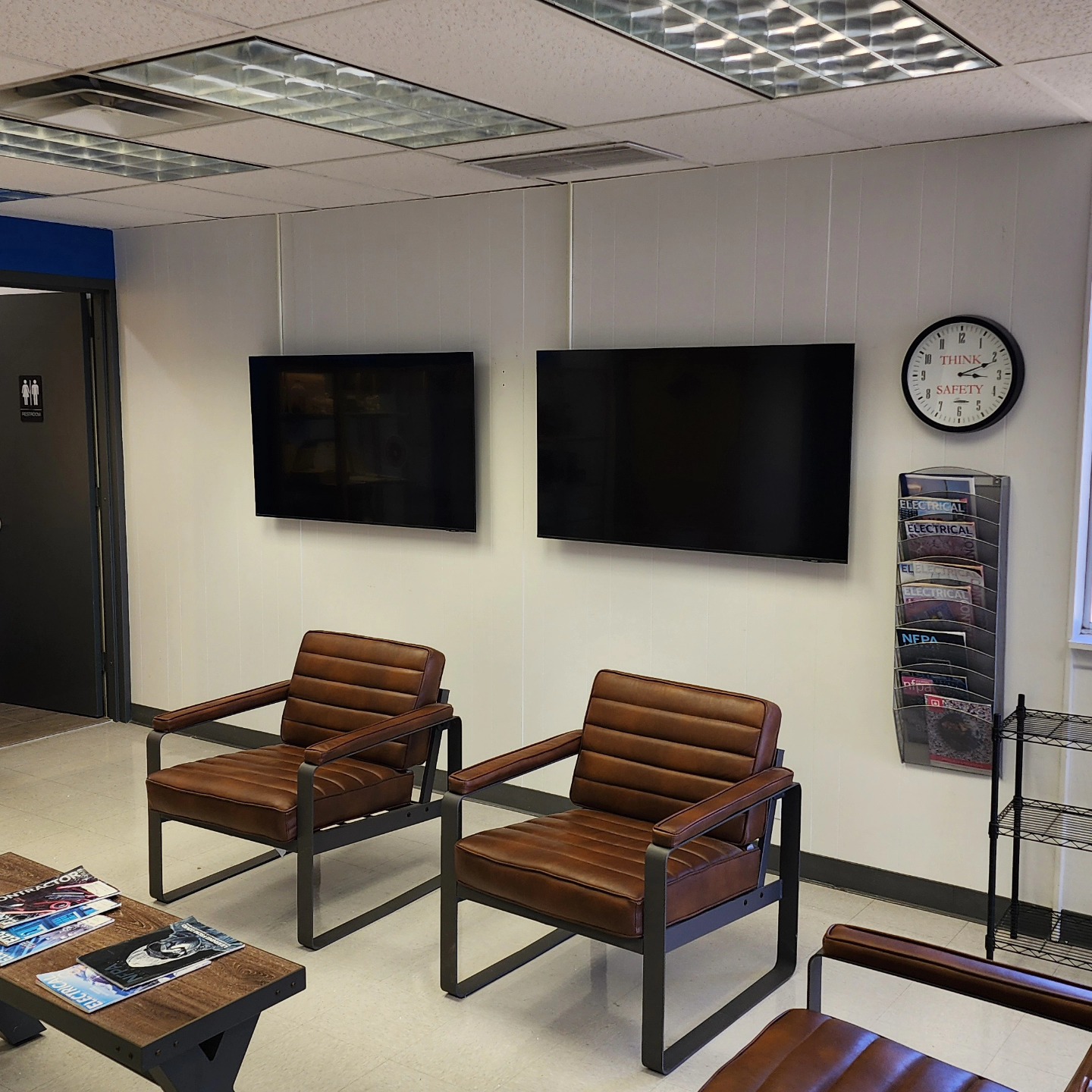
Essential Troubleshooting Tips for Common Electrical Faults Oct 10, 2025
Begin by staying calm and observing the problem. Whether it's a flickering light or a tripped circuit breaker, identifying the issue is the first step. Always prioritize safety by ensuring the power is disconnected before you start any inspection. This precaution cannot be overstated, as it protects you from potential electrical hazards.
One frequent issue homeowners encounter is flickering lights. This can often be attributed to loose light bulbs or problematic connections in the fixture. First, ensure that the bulb is securely screwed into its socket. If the flickering persists, it may signal an issue with the fixture or wiring, which requires professional evaluation. Sometimes, the problem might stem from voltage fluctuations, a more complex issue where an electrician should assess your electrical load.
Another common concern is circuit breakers that trip frequently. Circuit breakers are designed to protect your home from electrical overloads by cutting off the power when circuits draw too much current. If you find that your circuit breaker is tripping often, it could indicate overloaded circuits or faulty appliances. Start by unplugging devices to determine if a particular one is causing the issue. If unplugging reduces trips, you need to distribute the load more evenly across different circuits.
For those dealing with dead electrical outlets, the first step is checking if a Ground Fault Circuit Interrupter (GFCI) has tripped. These outlets are designed to prevent electric shocks in areas like kitchens and bathrooms. If a GFCI outlet has tripped, simply press the reset button. If this does not resolve the issue, make sure to inspect the circuit breaker panel. A persistently dead outlet may indicate a wiring problem, necessitating professional attention.
Sometimes, homeowners encounter a problem with blown fuses, especially in older homes. A fuse typically blows when too much electricity flows through it, which is a signal to reduce the demand on that circuit. Replacing a blown fuse with one of the correct rating and ensuring that the load does not exceed the circuit’s capacity can often address the problem. This, however, serves as a temporary fix; repeated occurrences should be assessed by a professional to upgrade or balance the electrical system.
Erratic appliance behavior could also be a sign of electrical problems. If an appliance isn’t functioning properly or emits strange sounds, it might not be receiving the correct voltage. Before troubleshooting the appliance itself, check that all outlets and switches associated with it are in working order. If the appliance continues to underperform, professional assessment of both the appliance and the associated circuits may be necessary.
Ultimately, while these troubleshooting tips can help address minor issues, they are not replacements for professional electrical assessments. For serious or persistent problems, it's best to contact experienced electricians, like those at Chappy Electric, to ensure the safety and reliability of your home's electrical system.
By understanding these fundamental troubleshooting techniques, you can manage minor electrical issues confidently, safeguarding your home and reducing the risk of costly repairs. At Chappy Electric, we’re always here to support you with professional advice and services whenever you need them.
/filters:no_upscale()/media/4229495e-28cf-4793-9ba1-83084aa41fa9.jpg)
/filters:no_upscale()/filters:format(webp)/media/f2931227-3201-4d00-862c-e340d2736ab1.jpg)